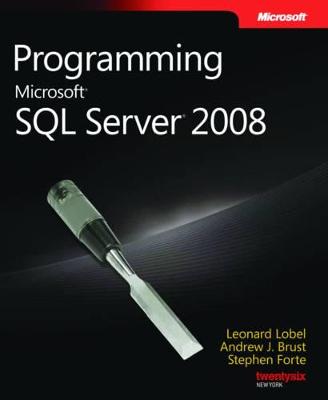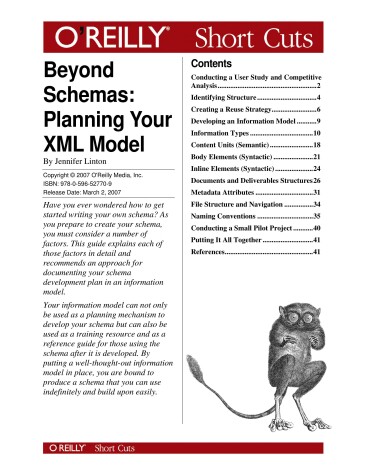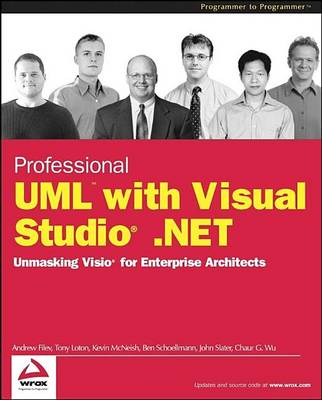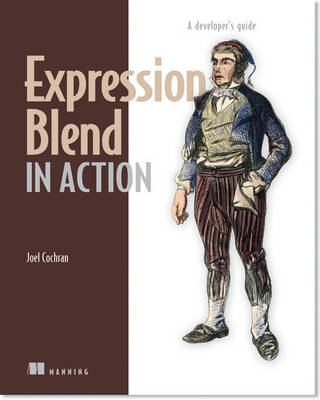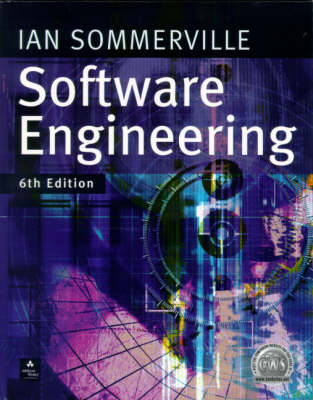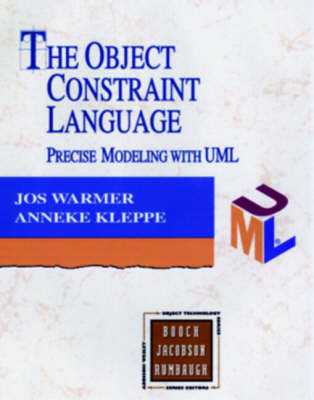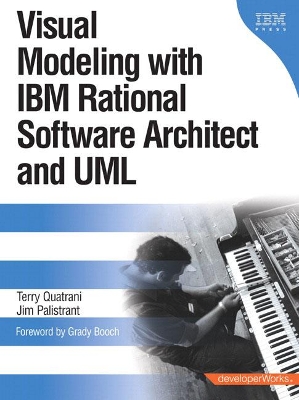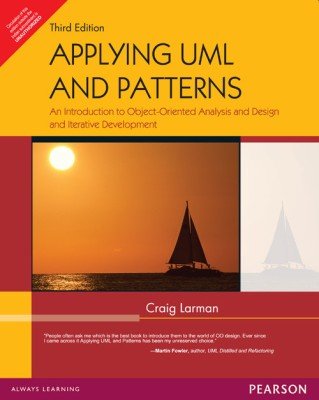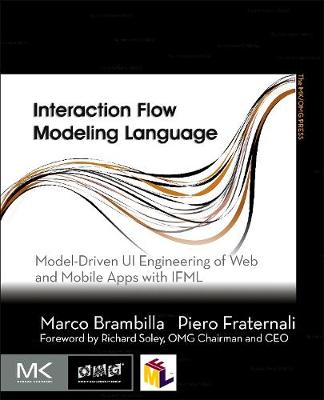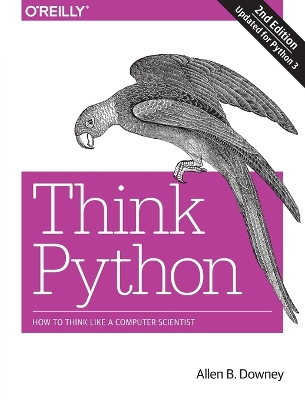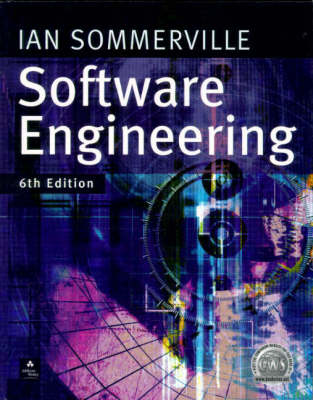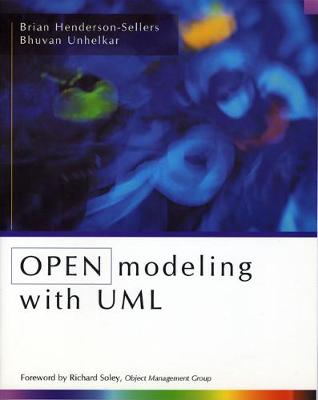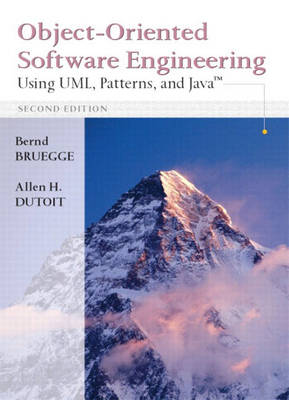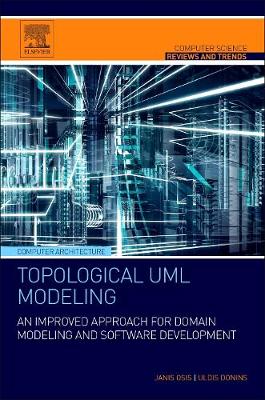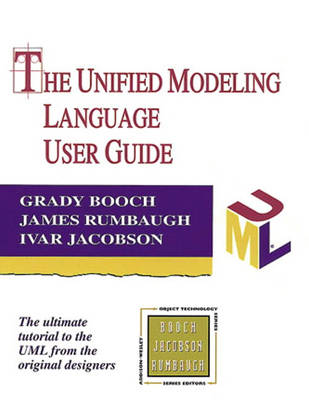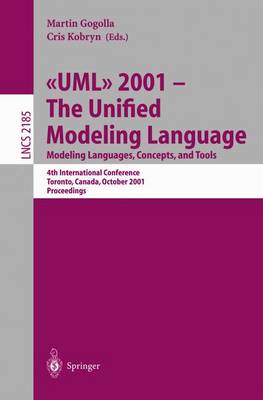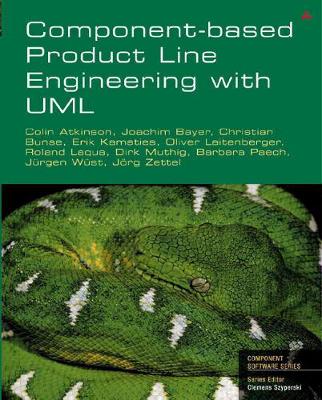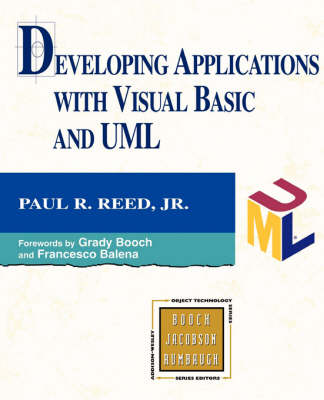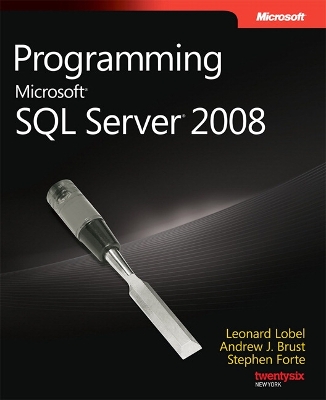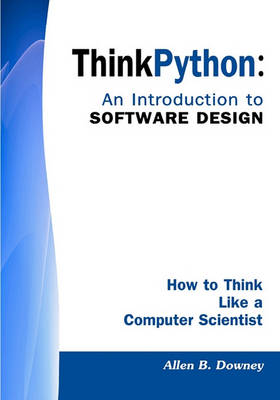Essential comprehensive coverage of the fundamentals of requirements engineering Requirements engineering (RE) deals with the variety of prerequisites that must be met by a software system within an organization in order for that system to produce stellar results. With that explanation in mind, this must-have book presents a disciplined approach to the engineering of high-quality requirements. Serving as a helpful introduction to the fundamental concepts and principles of requirements engineerin...
Programming Microsoft SQL Server 2008 (PRO-Developer)
by Leonard G. Lobel, Andrew J. Brust, and Stephen Forte
Extend your programming skills with a comprehensive study of the key features of SQL Server 2008. Delve into the new core capabilities, get practical guidance from expert developers, and put their code samples to work. This is a must-read for Microsoft .NET and SQL Server developers who work with data access at the database, business logic, or presentation levels. Discover how to: Query complex data with powerful Transact-SQL enhancements Use new, non-relational features: hierarchical tables, na...
Beyond Schemas: Planning Your XML Model (O'Reilly Shortcuts)
by Jennifer Thompson
Professional UML Using Visual Studio .Net
by A Filev, T Loton, K McNeish, Andrew Filev, Tony Loton, Kevin McNeish, Ben Schoellmann, John Slater, and Chaur G Wu
What is this book about? If you want to use Visio to create enterprise software, this is the book for you. The integration of Visual Studio .NET Enterprise Architect and Visio for Enterprise Architects provides a formidable tool. Visio offers powerful diagramming capabilities, including such things as creating UML models, mapping out databases with Entity Relationship diagrams, and aiding the development of distributed systems. Its integration with Visual Studio .NET Enterprise Architect means...
Microsoft's leading application development frameworks, Windows Presentation Foundation and Silverlight, provide extraordinary expressive potential. It's not always easy, though, to turn visual concepts into working code. Expression Blend, a powerful design tool from Microsoft, translates what you see on the design surface into the declarative markup language XAML, dramatically increasing productivity for anyone building User Interfaces for .NET applications. "Expression Blend in Action" is a un...
Software Engineering with Sams Teach Yourself UML in 24 Hours
by Ian Sommerville and Joseph Schmuller
OCL complements the UML by providing a language for formally expressing the constraints of a model, a facility useful in user models as well as in the definition of the UML itself. Jos and Anneke provide a comprehensive and much-needed reference to this formalism.--Grady Booch, Ivar Jacobson, James Rumbaugh The Object Constraint Language (OCL) is a new notational language, a subset of the industry standard Unified Modeling Language, that allows software developers to write constraints over objec...
Visual Modeling with IBM Rational Software Architect and UML
by Terry Quatrani and Jim Palistrant
This new edition of the popular book retains the practical approach to teaching visual modeling techniques and the industry standard Unified Modeling Language. Authors Terry Quatrani, the UML Evangelist and Jim Palistrant, the J2EE and SOA Evangelist, both from IBM Rational Software, still use the simplified case study (a course registration system for a fictional university) that has taught thousands of readers how to analyze and design an application using UML, and how to implement the applica...
Appropriate for courses in Object-Oriented Programming.The first book to apply the Unified Modeling Language (UML) to communicating object-oriented analysis and design results. You'll learn the fundamental concepts of object-oriented analysis and design, and then walk step-by-step through the entire process of analysis and design- using a single case study that takes full advantage of UML and design patterns.
Interaction Flow Modeling Language (The MK/OMG Press)
by Marco Brambilla and Piero Fraternali
Interaction Flow Modeling Language describes how to apply model-driven techniques to the problem of designing the front end of software applications, i.e., the user interaction. The book introduces the reader to the novel OMG standard Interaction Flow Modeling Language (IFML). Authors Marco Brambilla and Piero Fraternali are authors of the IFML standard and wrote this book to explain the main concepts of the language. They effectively illustrate how IFML can be applied in practice to the specifi...
If you want to learn how to program, working with Python is an excellent way to start. This hands-on guide takes you through the language a step at a time, beginning with basic programming concepts before moving on to functions, recursion, data structures, and object-oriented design. This second edition and its supporting code have been updated for Python 3. Through exercises in each chapter, you'll try out programming concepts as you learn them. Think Python is ideal for students at the high sc...
Software Engineering with Using UML:Software Engineering with Objects and Components (Updated Edition)
by Ian Sommerville, Perdita Stevens, and Rob Pooley
Systems Analysis and Design with UML eBook for Western District (Wiley Desktop Editions)
by Alan Dennis, Barbara Haley Wixom, and David P. Tegarden
OPEN Modeling with UML Brian Henderson-Sellers and Bhuvan Unhelkar ACM Press “As you read this book you will find a well-defined and well-honed methodology for managing your own software development processes. Clear explanations of fundamentally difficult concepts make this book a major contribution to the literature and to future standardization in this area” – Richard Soley, Chairman and CEO, Object Management Group. “I have seen the software industry evolve over the past 33 years and...
Object-Oriented Software Engineering
by Bernd Bruegge and Allen H. Dutoit
For courses in Software Engineering, Software Development, or Object-Oriented Design and Analysis at the Junior/Senior or Graduate level. This text can also be utilized in short technical courses or short, intensive management courses. This textbook shows how to use both the principles of software engineering as well as the practices of various object-oriented tools, processes, and products. Using a step by step case study to illustrate the concepts and topics in each chapter, this book emphasi...
Topological UML Modeling (Computer Science Reviews and Trends)
by Janis Osis and Uldis Donins
Topological UML Modeling: An Improved Approach for Domain Modeling and Software Development presents a specification for Topological UML® that combines the formalism of the Topological Functioning Model (TFM) mathematical topology with a specified software analysis and design method. The analysis of problem domain and design of desired solutions within software development processes has a major impact on the achieved result – developed software. While there are many tools and different techni...
The Unified Modeling Language User Guide (Addison-Wesley Object Technology)
by Grady Booch, James Rumbaugh, and Ivar Jacobson
Just as architects and musicians need architectural drawings or music scores to be written using standard notations that everyone agrees on and understands, developers need a single, common, widely usable modeling language for the development of software systems. The UML has been proposed as this standard and has received the support of academic and industry heavyweights. The Unified Modeling Language User Guide is the first of three definitive UML works written by the creators of UML, Grady Bo...
UML 2001 - The Unified Modeling Language. Modeling Languages, Concepts, and Tools (Lecture Notes in Computer Science, #2185)
This book constitutes the refereed proceedings of the 4th International Conference on the Unified Modeling Language, 2001, held in Toronto, Canada, in October 2001. The 33 revised full papers presented together with one invited paper were carefully reviewed and selected from a total of 122 abstracts and 102 papers submitted. The papers are organized in topical sections on metamodeling, activity diagrams, OCL, architecture and patterns, analysis and testing, performance and databases, graph tran...
Component-based product line engineering with UML (Component Based Development)
by Colin Atkinson
A cutting-edge, UML-based approach to software development and maintenance that integrates component-based and product-line engineering methods. - ripe market: development of component-based technologies is a major growth area - CBD viewed as a faster, more flexible way of building systems that can easily be adapted to meet rapidly-changing business needs and integrate legacy and new applications (e.g. Forrester report in June 1998 predicted that by 2001 "half of packaged apps vendors will de...
An essential resource for Visual Basic (VB) programmers who want to develop applications that are both resilient and robust, Developing Applications with Visual Basic and UML describes a proven development process for designing and implementing object-oriented client/server applications in VB using the Unified Modeling Language (UML). Guided by his own experiences as a developer applying UML and VB, the author provides clear explanations of the fundamentals of UML while also examining and illust...
Programming Microsoft SQL Server 2008 (Developer Reference)
by Leonard Lobel, Andrew Brust, and Stephen Forte
Extend your programming skills with a comprehensive study of the key features of SQL Server 2008. Delve into the new core capabilities, get practical guidance from expert developers, and put their code samples to work. This is a must-read for Microsoft .NET and SQL Server developers who work with data access—at the database, business logic, or presentation levels. Discover how to: Query complex data with powerful Transact-SQL enhancements Use new, non-relational features: hierarchical tables...
Think Python is an introduction to Python programming for students with no programming experience. It starts with the most basic concepts of programming, and is carefully designed to define all terms when they are first used and to develop each new concept in a logical progression. Larger pieces, like recursion and object-oriented programming are divided into a sequence of smaller steps and introduced over the course of several chapters.

